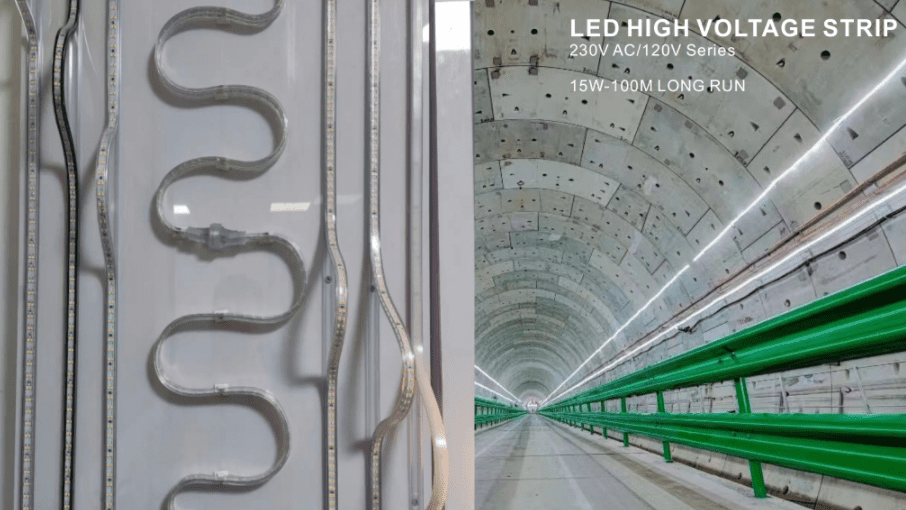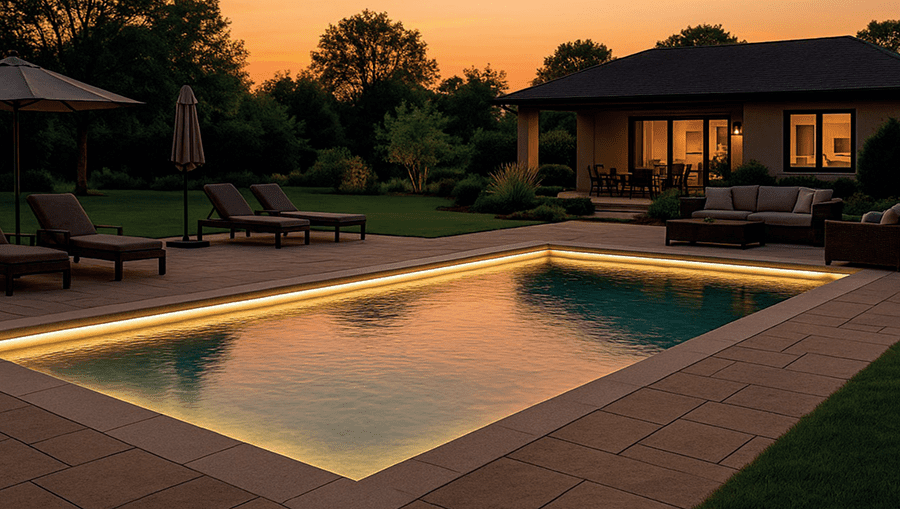What is Architectural Lighting?
Architectural lighting is the art and science of illuminating spaces in a manner that complements their architecture. It’s not about just install some fixtures and hoping for the best. It’s about using light to support the design, structure, and purpose of a space. Think of it as painting with light, except your canvas is a room or an entire building.

Core Principles of Architectural Lighting Design
Architectural lighting design rests on a few solid principles. These aren’t rules set in stone, but they guide how designers think about lighting a space. Let’s learn more about them.
1.Functionality
Lighting needs to support how we live and work. It helps us see clearly, move safely, and perform tasks comfortably. Functional lighting focuses on visibility, like kitchen counters, office desks, or hallways, so everything’s well-lit where it matters most, without causing glare or shadows that get in the way.
2.Aesthetics
Lighting adds character to a space. It brings out textures, emphasizes design details, and even changes how big or cozy a room feels. By playing with brightness, angles, and color tones, lighting becomes a tool for highlighting the beauty of your architecture, making spaces visually striking and inviting.
3.Emotion & Mood
Light changes how we feel. Soft, warm lighting creates calm, while cooler, brighter light makes us alert. Designers use this to shape the atmosphere, whether it’s a relaxing spa or a focused workspace. The right lighting connects with people emotionally and makes the environment feel just right.
4.Sustainability
Today, lighting design also has to think green. That means using LEDs, motion sensors, and natural daylight to reduce energy use. Sustainable lighting isn’t just about saving power; it also lowers costs and helps the environment. Good lighting design now blends style with smart, eco-friendly choices.
Types of Architectural Lighting
Architectural lighting isn’t one-size-fits-all. Different spaces—and different moods—call for different types of light. Here are four main types of lighting that designers use to layer light in a space, each serving its unique purpose and effect.

- Ambient Lighting
Ambient lighting is your base layer. It’s the overall light that fills a room and lets you see clearly without strain. Think ceiling fixtures, recessed lights, or daylight from large windows. This type sets the tone of the space and ensures there’s enough brightness to move around comfortably.
- Task Lighting
Task lighting is all about precision. It lights up specific areas where you need to focus, like a desk, kitchen counter, or vanity. Desk lamps, under-cabinet lights, and reading lights are common examples. It’s targeted, bright, and designed to help you get stuff done without distractions or eye strain.
- Accent Lighting
Accent lighting draws attention to what matters. It highlights architectural details, artwork, textured walls, or display shelves. Spotlights, wall washers, and LED strips are perfect for this. It’s not about lighting the whole room, just guiding the eye to what you want people to notice.
- Decorative Lighting
Decorative lighting adds personality. These are the fixtures that make a statement: chandeliers, pendant lights, artistic sconces. They’re chosen for their look just as much as their light. Decorative lighting adds style, mood, and sometimes even drama, doubling as both functional and ornamental pieces.
Architectural Lighting Technologies
- Up lighting & Downlighting
Ever noticed how light coming from the ground up can make a building look taller and more dramatic? That’s uplighting in action. It throws light upward, highlighting columns, facades, or landscaping features. On the flip side, downlighting casts illumination from above, which feels more natural and helps define spaces clearly. Together, they balance out a scene and add serious depth to any architectural element.

- Wall Grazing & Wall Washing
Wall grazing is like giving your walls a spotlight to show off their texture, think exposed brick, stone, or wood, the light skims across the surface, making every bump and groove pop. Wall washing does the opposite. It smooths things out with an even blanket of light, making the space feel clean and open. Both are Effective techniques, depending on whether you want texture or softness to steal the show.
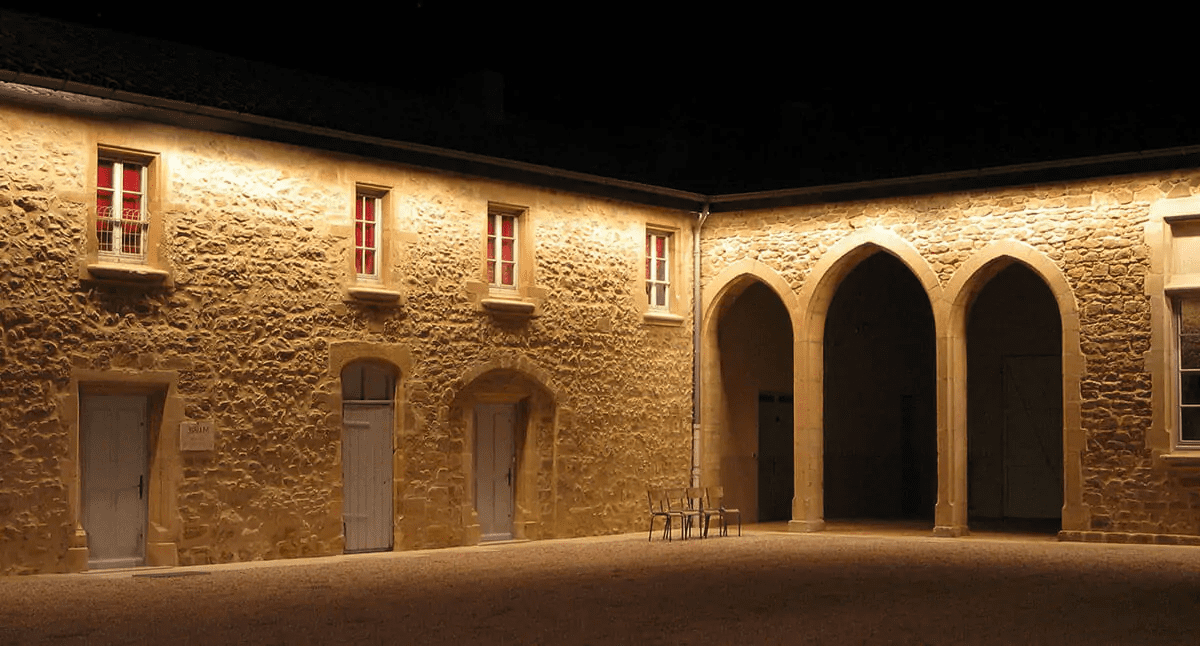
- Backlighting & Silhouetting
Want drama? Backlighting is an essential method for dramatic effects. It places the light source behind an object to create a glowing outline, ideal for signage, sculptures, or standout design pieces. Silhouetting is similar, but instead of glowing outlines, you get striking dark shapes set against a brighter background. It’s bold, artsy, and hard to ignore.
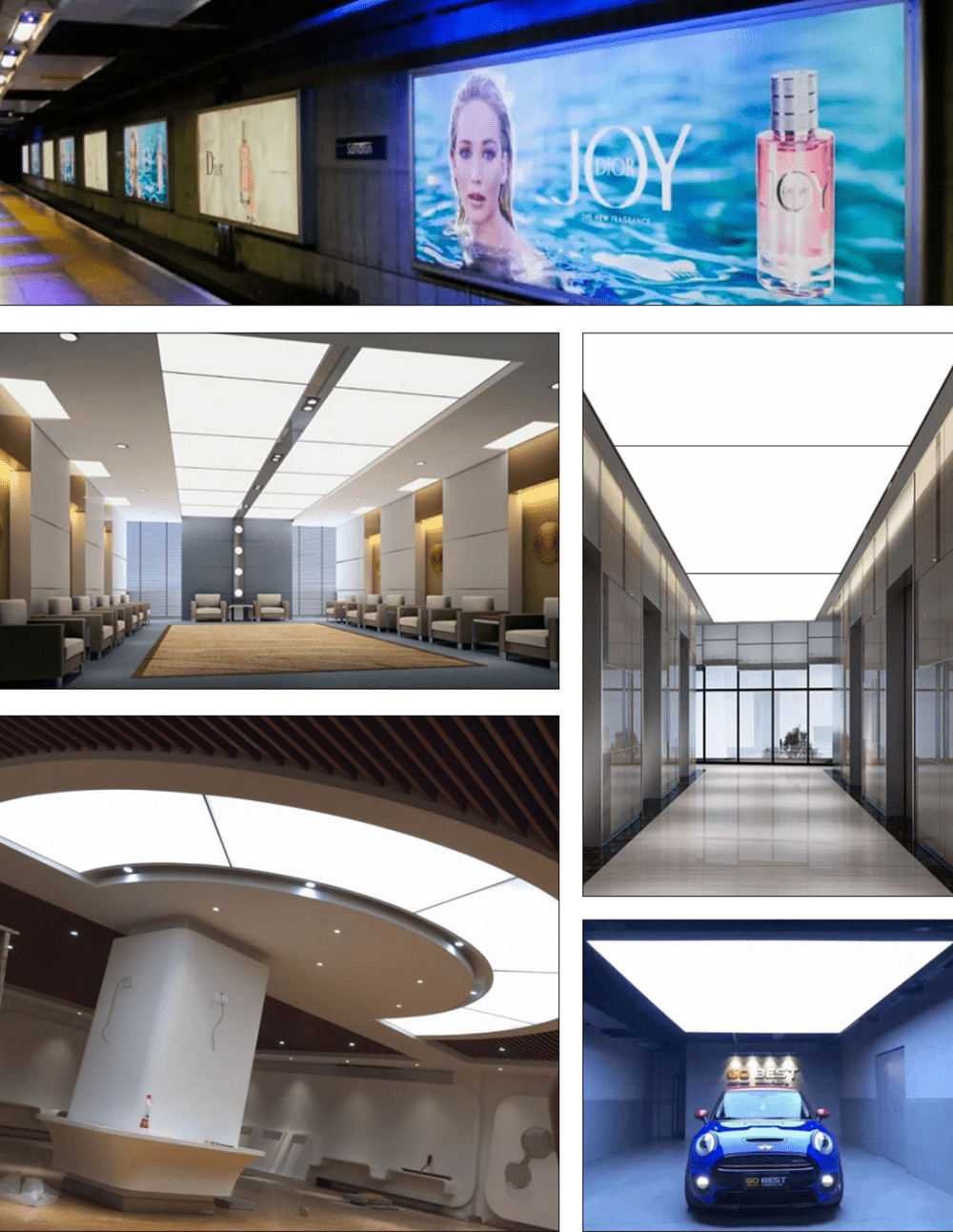
- Cove, Linear, and Recessed Lighting
Now we’re getting into sleek and seamless territory. Cove lighting hides the light source in ceilings or ledges to give a soft, ambient glow. Linear lighting (especially LED strips) can trace architectural lines, under counters, along stairs, or around ceilings, for a futuristic feel. And recessed lighting? That’s your go-to for a clean, minimalist look with no visible fixtures. Together,
these modern techniques make your space feel effortlessly high-end.
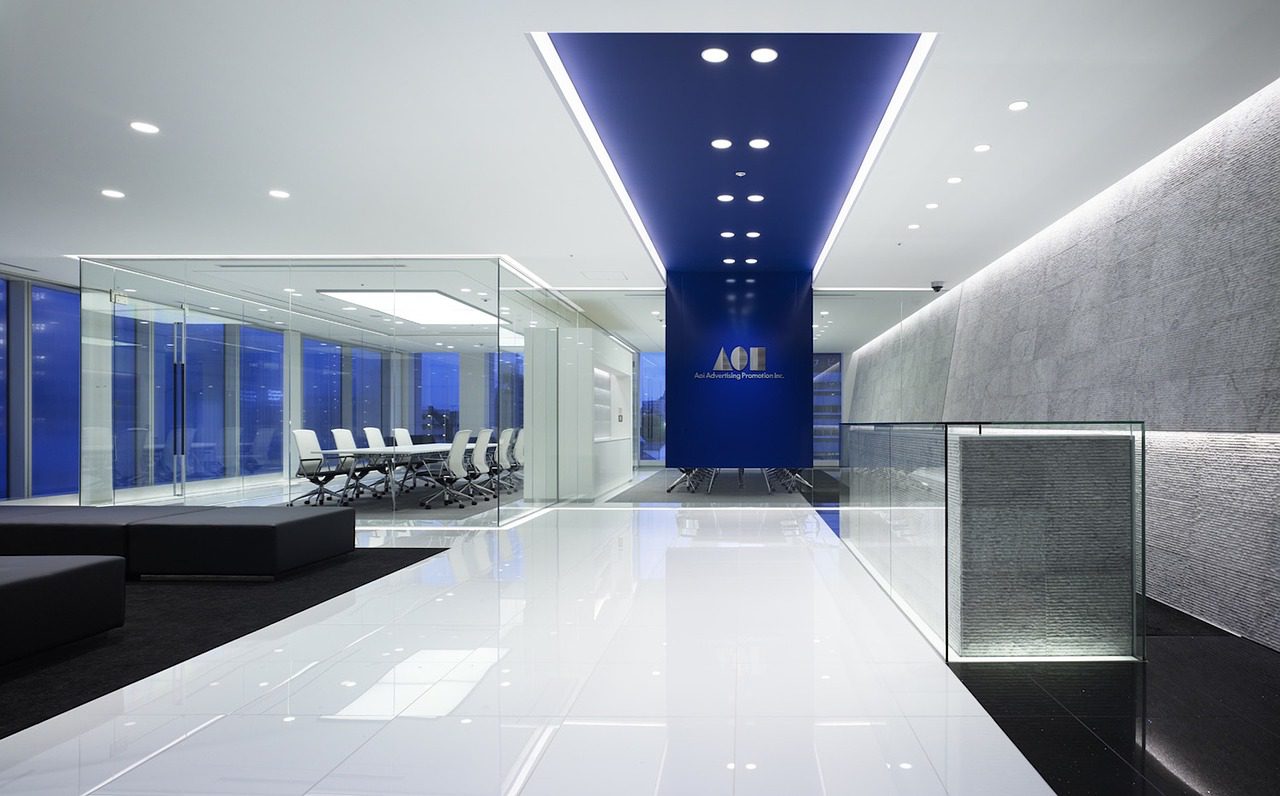
Common Fixtures in Architectural Lighting
Let’s give some general references of lighting tools used commonly. These fixtures do the heavy lifting when it comes to shaping your space:
- Recessed Lights – Hiden into ceilings or walls, they’re practically invisible but super effective.
- Track Lighting – Flexible, stylish, and directional. You can move and aim them exactly where you need.
- Linear LED Systems – Long, continuous strips of light that fit perfectly into modern, geometric designs.
- Spotlights and LED Projectors – These features highlight key elements, such as artwork or textured walls.
- Surface-mounted Fixtures – Not hidden, but still sleek. Great for ceilings where recessing is unavailable.
- Pendant Lights for Architectural Detailing – They’re more than just functional. With the right design, they double as statement pieces.
Architectural Design&led lighting technologies
LED lights are a significant development in architectural lighting, and for good reason.
1. Advantages of LED
They save energy due to high efficiency. They last for years (sometimes decades), and they barely emit any heat. That means lower bills and no worrying about bulbs burning out every few months. Plus, they’re safer and more eco-friendly.
In 2024, LED fixtures accounted for over 83% of all new lighting installations globally, as reported by Statista.
2. Versatility
LED Fixtures come in every shape and form you can imagine. Want hidden strips under a cabinet? No problem. Need continuous linear lights for ceilings? Got it. Tiny bulbs? Giant ones? Smart-integrated modules? You’re covered.
3. Color Temperature and CRI Considerations
Color consistency matters a lot. LEDs give you control over color temperature, so you can switch from warm lighting to cool modern tones in a flash,the most importance we can make sure the color consistency in one space because we can choose the single bin Code and control MacAdam SDCM< 3 Steps And CRI (Color Rendering Index Premium CRI RA>90) ensures that everything looks true to life under the light, especially if you’re showing off textures or materials.
4. Integration with Smart Control Systems
Here’s where it gets fun. LEDs work seamlessly with smart Control systems. You can dim, brighten, change colors, or automate them to react to time of day, motion, or mood, right from your phone or voice assistant. or BLE wireless.
5. Sustainability and Green Building Benefits
LEDs support green building goals. They reduce energy consumption, lower carbon footprints, and contribute to LEED certifications. If you care about sustainability (and who doesn’t these days?), LEDs are the way to go.
Buildings with integrated LED lighting are more likely to qualify for green certifications like LEED, which saw a 18.5% rise in registrations globally between 2022 and 2024.
Applications of Architectural Lighting
Lighting is always diversified. The beauty of architectural lighting lies in its adaptability across various environments. Here’s where it shines:
1. Residential
At home, lighting should feel warm, functional, and personal. Whether it’s cozy ambient lighting in the living room, task lighting over the kitchen island, or guiding stairwell lights that double as safety features, architectural lighting helps turn a house into a vibe. It’s clear that a well-lit space just feels better to live in.

2. Commercial
In commercial settings, lighting pulls double duty. It’s about productivity and impression. Offices need layered lighting that keeps people alert without causing eye strain. Retail stores use lighting to draw attention to products, while hotels and restaurants rely on atmosphere to make people feel welcome. A smart lighting layout can boost both mood and business.
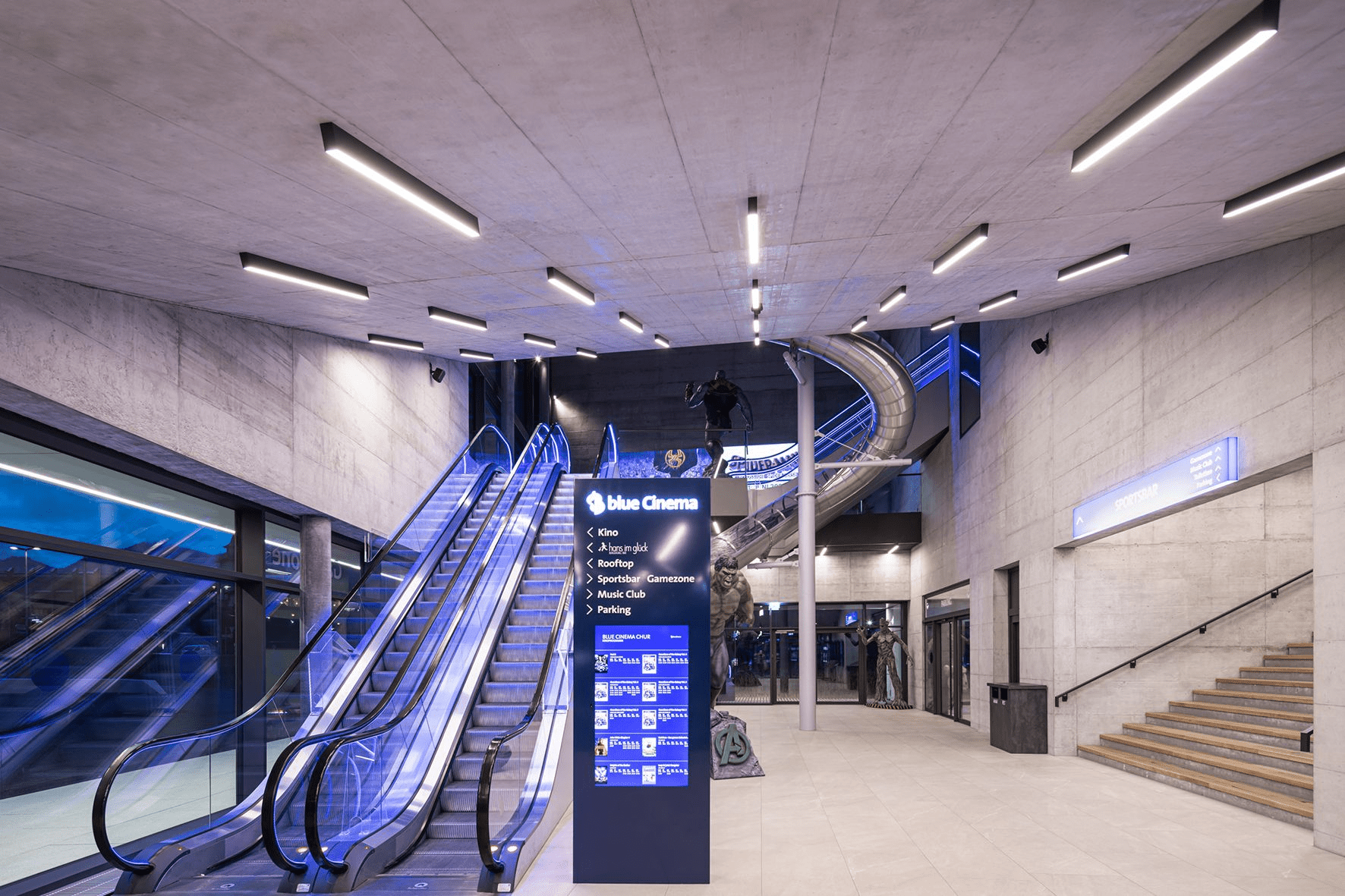
3. Public
Museums, libraries, galleries, and public buildings use lighting to create impact, guide flow, and highlight displays or architecture. Even street lighting and bridges now use creative illumination to improve safety and aesthetics. It’s not just about visibility anymore; it’s about storytelling on a grand scale.
As of 2024, over 70% of major cities worldwide have begun transitioning to smart street lighting systems, improving energy efficiency and public safety, according to the IEA.

4. Exterior & Landscape
Outside, lighting blurs the line between structure and landscape. Pathway lights, tree uplighting, and façade washes help blend the building into its surroundings. It’s all about harmony, using light to extend design beyond the walls and into the environment.

Architectural Lighting Controls and Smart Design
1. Integration with Smart Lighting (DALI, KNX, DMX)
Control Systems like KNX, DALI, and DMX let designers control every light point with insane precision. You can program scenes, sync lighting with music or motion, and adapt it all through your phone or automation system. It’s light meets tech, and the results are seriously cool.
2. Dimming, Zoning, Motion Sensors
Want lights to dim as the sun sets or switch on when someone walks by? Done. Zoning lets you divide spaces into sections that respond differently, so your reading nook can stay bright while the rest of the room chills out. Motion sensors save energy and add convenience without lifting a finger.
3. Impact on Energy Savings and User Experience
Buildings with advanced lighting control systems report an average of 20–30% reduction in annual lighting costs, based on a 2023 study by the Illuminating Engineering Society (IES).
All of this adds up to lower energy bills and a smoother user experience. Lights aren’t just on or off anymore; they’re responsive. Whether you’re cutting costs, reducing carbon, or just setting the mood, smart controls make a big difference.
Trends in Modern Architectural Lighting
Lighting design always keeps evolving, and it’s getting more personal, more sustainable, and way more intelligent.
1. Human-Centric and Circadian Lighting
This trend is all about syncing lighting with our natural rhythms. By learning daylight patterns, circadian lighting boosts focus during the day and promotes relaxation in the evening. It’s a game-changer for well-being, especially in places where natural light is limited.
2. Tunable White and RGBW systems
Tunable white lighting lets you change color temperature from warm to cool tones on demand. RGBW adds colorful functionality, so you can go from professional white to bold accent lighting without swapping a bulb. It’s flexibility, designed to match your mood or message.
3. Integrating Lighting with Structural Elements
Architectural lighting is becoming more embedded into the design itself. Consider lighting that is carved into staircases, ceilings, or wall features. It doesn’t just complement architecture; it becomes part of it.
4. Sustainable, Low-Carbon Lighting Design
Green design is here to stay. LEDs, daylight harvesting (Motion sensor), and eco-conscious materials are leading the charge toward low-impact lighting. Builders and designers are aiming for Net Zero, and thoughtful lighting choices are a significant part of that journey


